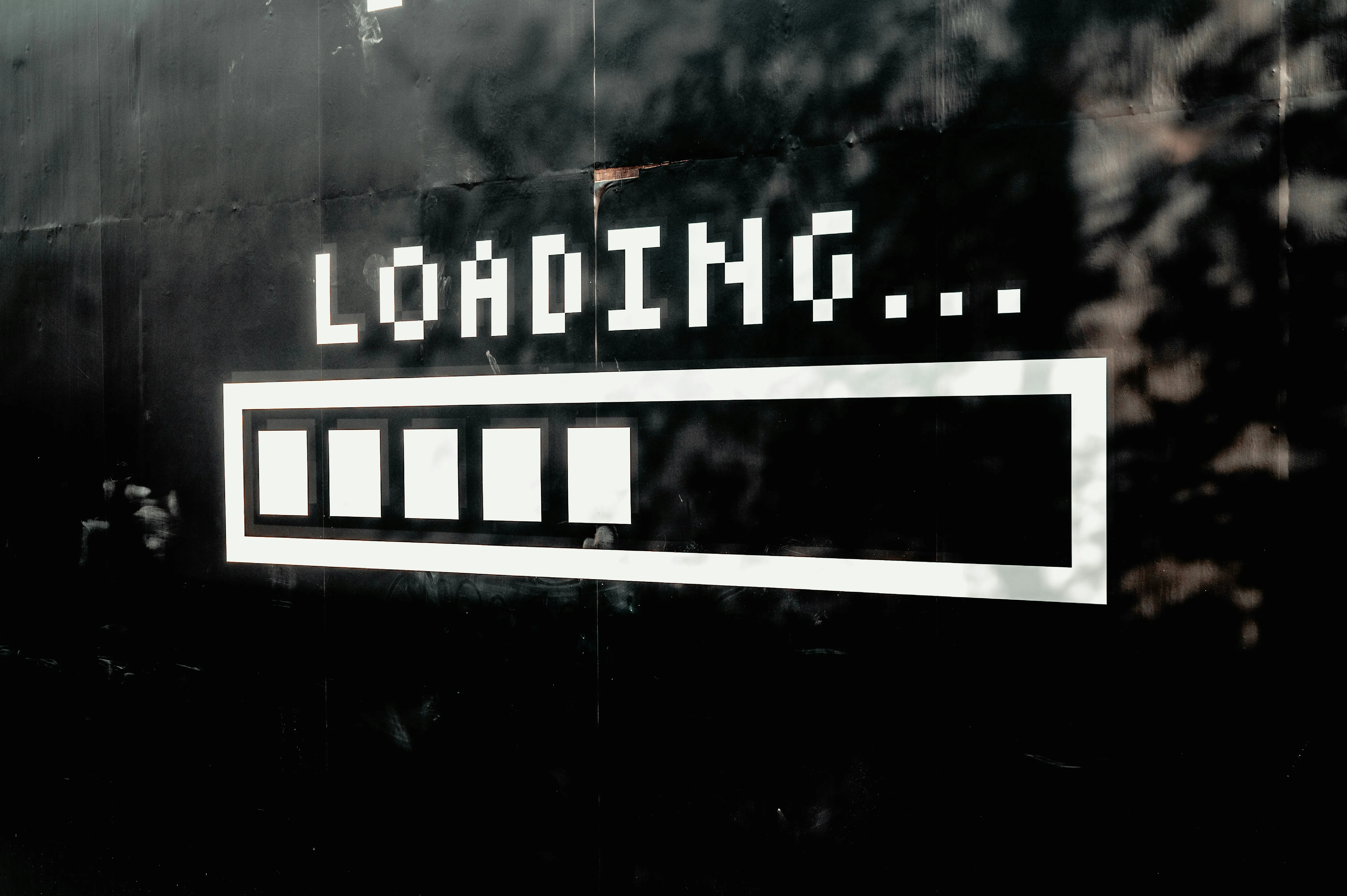A speedy website keeps people on your pages and turns more of them into customers. Even if you’re not a developer, simple changes can cut load times and boost both your search rankings and your bottom line.
Why Speed Matters
When someone clicks on your site, they expect it to appear almost immediately. If it doesn’t, they move on—often to a competitor. Fast-loading pages help in two big ways:
- Better Search Rankings: Search engines like Google reward sites that load quickly because they give people a smoother experience.
- Higher Sales and Sign-Ups: Visitors who stick around are more likely to buy something or sign up for your newsletter.
Slow Pages Drive People Away
A key measure of user frustration is bounce rate—the percentage of visitors who leave after viewing just one page. The longer a page takes, the more people leave before it finishes loading.
| Load Time | Bounce Rate |
|---|---|
| ~1 second | 7% of visitors leave immediately 1 |
| 2 seconds | 9% leave right away 1 2 |
| 5 seconds | 38% leave right away 2 |
Cutting load time from 5 seconds to 2 seconds can keep 29% more people on your site, giving you more chances to show off what you offer 2.
Speed Lifts Page Views
Visitors on a fast site explore more pages. In fact, when a page loads in about 2 seconds instead of 8 seconds, people view 5.6 more pages on average per visit 2. That extra browsing time means more chances to build trust and sell.
Faster Loads Triple Your Sales Rates
On e-commerce sites, load times have an even bigger payoff. Here’s how average conversion rates (the share of visitors who buy something) change as pages get slower:
| Load Time | Conversion Rate |
|---|---|
| 1 second | 3.05% of visitors buy3 |
| 2 seconds | 1.68% buy 3 |
| 3 seconds | 1.12% buy 3 |
| 4 seconds | 0.67% buy 3 |
A site that loads in 1 second converts almost 5× better than one that takes 4 seconds. That means if 1,000 people visit:
- At 1 second: 30 sales
- At 4 seconds: 7 sales
A delay of just a few seconds can cost hundreds or thousands of dollars every day 3.
Even Tiny Delays Cost You
You don’t need to wait whole seconds to see losses. Studies show:
- A 100 ms (0.1 s) delay can cut overall conversion rates by 7% 4.
- For a giant retailer like Amazon, every 0.1 s of extra load time cost about 1% in sales 5.
- Slowing Google Search results by just 400 ms reduces the number of searches per user by up to 0.59% 6.
Every millisecond counts toward your bottom line.
Mobile Shoppers Are Even Less Patient
On smartphones, people expect extra speed. Mobile stats show:
- A 1 s slowdown can slash mobile purchase rates by 22% 7.
- If a page takes 3 s or more, 53% of mobile visitors give up and leave 7.
With phones making up half of all web traffic, a slow mobile experience can cost you millions in potential sales.
What Usually Slows You Down
You don’t have to be a tech expert to see why your pages drag. Common culprits include:
- Large Images: Big photo files take longer to download.
- Too Many Extras: Extras like social widgets or chat pop-ups that run before the page shows.
- Slow Hosting: An entry-level hosting plan that struggles under real-world traffic.
- No Caching: Visitors have to download everything from scratch every time they visit.
Easy, No-Tech Fixes You Can Do Today
You don’t need a coding degree to speed things up. Try these steps:
-
Shrink Your Images:
- Use built-in tools or free websites to compress photos without losing quality.
- Switch to modern formats like WebP if your platform supports them.
-
Hide Extras Until After Load:
- Delay non-critical items (like social badges) so the main content appears first.
- Many website builders let you choose “defer” or “async” loading for add-ons.
-
Turn On Caching:
- Look for a “cache” or “performance” setting in your dashboard.
- Caching saves a quick-load version of each page for repeat visitors.
-
Choose Better Hosting or a CDN:
- Upgrading to a plan with more resources or global servers (a Content Delivery Network) can cut load times for visitors worldwide.
-
Enable File Compression:
- In most platforms, you can simply toggle on GZIP or Brotli compression.
- This squeezes your files so they travel faster over the web.
-
Test Regularly with Free Tools:
- Use Google PageSpeed Insights or GTmetrix to see exactly what to fix next.
Putting It All Together
Fast page loads are one of the easiest, most cost-effective ways to improve your SEO and grow your sales. You don’t need to become a developer—just:
- Compress images
- Delay non-essential extras
- Enable caching and compression
- Pick a stronger hosting setup
By focusing on these simple steps, you’ll keep visitors on your site longer, rank higher in search results, and turn more clicks into customers. Fast sites win.
Footnotes
-
Does Page Load Time Really Affect Bounce Rate? - Pingdom https://www.pingdom.com/blog/page-load-time-really-affect-bounce-rate/ ↩ ↩2
-
How page speed impacts your bounce rate, with example of Zalando https://www.reffine.com/en/blog/How-page-speed-impacts-your-bounce-rate ↩ ↩2 ↩3 ↩4
-
Site Speed is (Still) Impacting Your Conversion Rate - Portent https://portent.com/blog/analytics/research-site-speed-hurting-everyones-revenue.htm ↩ ↩2 ↩3 ↩4 ↩5
-
Online Retail Performance: Milliseconds Are Critical | APMdigest https://www.apmdigest.com/state-of-online-retail-performance ↩
-
Amazon study: Every 100ms in Added Page Load Time Cost 1% in Revenue https://www.conductor.com/academy/page-speed-resources/faq/amazon-page-speed-study/ ↩
-
Speed Matters for Google Web Search https://services.google.com/fh/files/blogs/google_delayexp.pdf ↩
-
Mobile pages that load 1 second faster see up to a 27% increase in conversion rate https://www.mageplaza.com/blog/page-loading-1-second-faster-increase-conversion-rate.html ↩ ↩2

